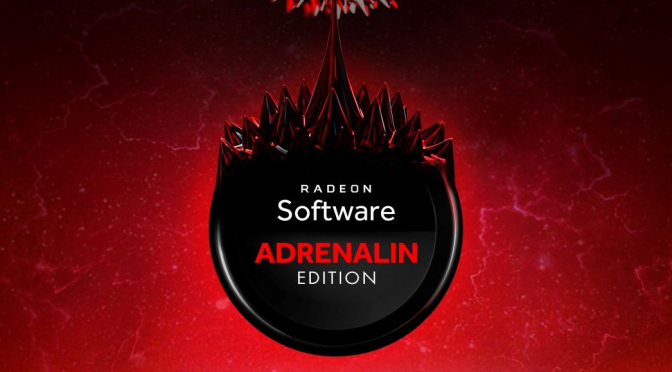Yesterday, AMD released a beta driver that allowed owners of the RX 7000 series GPUs to enable Fluid Motion Frames in all DX11 and DX12 games. As such, we’ve decided to test it on our AMD Radeon RX 7900XTX. And, unfortunately, there are currently major issues with this implementation.
For our tests, we used an AMD Ryzen 9 7950X3D, 32GB of DDR5 at 6000Mhz, and AMD’s Radeon RX 7900XTX. We also used Windows 10 64-bit and the AMD Software: Adrenalin Edition Preview Driver for AMD Fluid Motion Frames. Moreover, we’ve disabled the second CCD on our 7950X3D. We also followed AMD’s guideline for AFMF.
AMD has added official support for Starfield, and claimed that you can enable Fluid Motion Frames in Cyberpunk 2077 by using its application setting. So, we’ve decided to see how Fluid Motion Frames work in these two games.
Let’s share a gameplay video from Starfield that can give you an idea of the major issues that are currently present in the driver-based version of Fluid Motion Frames.
In order to measure the performance gains of Fluid Motion Frames, we used AMD’s Performance Overlay Statistics. For unknown reasons, MSI Afterburner cannot display the correct framerate when enabling AFMF. You can clearly see that when we enable AFMF, AMD’s stats show double the framerate numbers of MSI Afterburner. This proves that Fluid Motion Frames does work. When we disable it, AMD’s stats display the same framerate as MSI Afterburner does. This also falls in line with what AMD has stated.
“To see the resulting FPS, use the AMD Software Performance Metrics Overlay. Support for third-party performance monitoring tools is not available at this moment.”
When standing still and when moving the character with the keyboard, Fluid Motion Frames appears to be working fine. However, the moment we start moving the camera with the mouse, AFMF completely breaks down.
At 1:12 you can see what we’re talking about. As soon as we start moving the camera, AFMF completely breaks down, resulting in framerates similar to those that we’d have without it. Not only that, but AFMF comes with a slight performance hit to the base framerate. Without AFMF, Starfield was running with a minimum of 51fps at 4K/Max Settings. With AFMF, our minimum framerate dropped to 48fps. In other words, this isn’t a “free performance boost“.
The same situation occurred in Cyberpunk 2077. When standing still, we were able to run CP2077 with 60fps at 4K/FSR2 Quality/Ray Tracing Psycho. The moment we started moving the camera, though, our framerate dropped to its non-AFMF numbers (34fps).
What this basically means is that AMD’s driver-based Fluid Motion Frames solution is completely useless. At least in its current state. I don’t know about you, but I want to move the mouse when I’m playing games like Resident Evil 3, Starfield, Far Cry 6 or Cyberpunk 2077. So, due to this major issue, and until AMD fixes it, we suggest staying away from AFMF!
UPDATE:
After further examination, we’ve finally figured out what’s going on. According to AMD, AFMF disables itself during fast movements. Here is what AMD claimed about AFMF.
“AFMF preserves image quality by dynamically disabling frame generation during fast motion.”
The problem here is that AFMF disables frame generation even with medium-speed mouse movements. The only way you can resolve this is by moving the mouse really, really slow. So, one of the benefits of the PC, the quick and responsive mouse movement, goes out of the window with AFMF.
In its current implementation, AFMF needs “slow gamepad-like” movements. By this, I mean really slow mouse movements. It’s ironic, isn’t it? A couple of years ago, PC gamers were chasing fast and precise movements but now with AFMF, some will return back to slow panning movements just so they can get AFMF working. Hilarious stuff. And, if AMD does not make any improvements to this, AFMF will be DOA (Dead On Arrival) for most PC gamers!

John is the founder and Editor in Chief at DSOGaming. He is a PC gaming fan and highly supports the modding and indie communities. Before creating DSOGaming, John worked on numerous gaming websites. While he is a die-hard PC gamer, his gaming roots can be found on consoles. John loved – and still does – the 16-bit consoles, and considers SNES to be one of the best consoles. Still, the PC platform won him over consoles. That was mainly due to 3DFX and its iconic dedicated 3D accelerator graphics card, Voodoo 2. John has also written a higher degree thesis on the “The Evolution of PC graphics cards.”
Contact: Email

